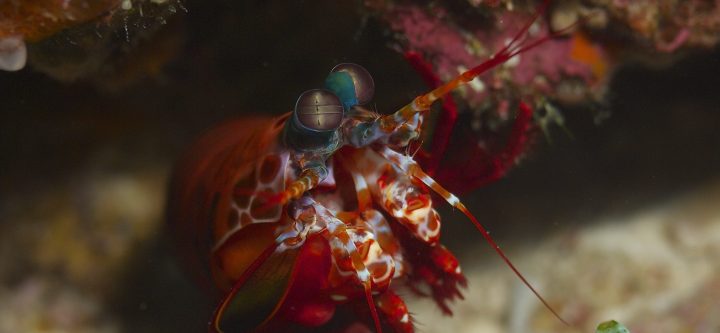Sensor array from Nanyang Technological University is made of a series of micro-sensors that sense obstacles using water pressure rather than light waves, allowing them to function in the dark.
Benefits
- Reduced costs
- Reduced energy usage
- Lightweight
Applications
- Underwater exploration
- Medical procedures
UN Sustainable Development Goals Addressed
-

Goal 9: Industry Innovation & Infrastructure
The Challenge
Typical autonomous underwater vehicles rely on cameras and sonar to gather information about their environment. Unfortunately, when the environment darkens, cameras can no longer perceive their surroundings. Additionally, sonar waves can pose harm to marine animals.
Innovation Details
The sensor array consists of two rows of five micro-sensors surrounded by a hydrogel. The sensor detects objects near and far through the transmission of ripples in the water. The ripples bounce back to the sensor to signal exactly where the object is without requiring light.
Biomimicry Story
Blind cave fish survive without vision due to a strip of dense nerve centers along their sides. This area is called the lateral line system and consists of horizontal grooves that run along the body and onto the head. Within the grooves, there are lines of tiny organs called neuromasts. The neuromasts consist of small sensory cells that contain hairs embedded in a gelatinous material. As the fish swims, its movement create ripples in the water that contact objects and bounce back to the neuromasts, signaling the objects’ locations.





